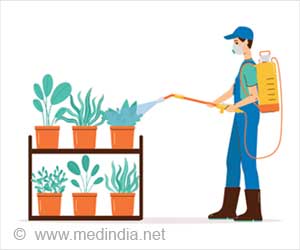Stem cells from cord blood are discarded everyday in all maternity hospitals as a bio-medial waste, however this precious source can give a renewed hope to many and prove to be a life saver for many patients suffering from debilitating conditions.
Cord blood in fact can help cure more than 75 ailments. It is now possible to store such blood in India. Recently one such company has enrolled its 1000th mother within a span of about two years of its operation.‘Life Cell’ in India has been making the concept of preserving cord blood from newborn popular. It has collaborated with Cryo-Cell International- an American company. . Life Cell has its collections centres in Bangalore, Mumbai, Hyderabad, New Delhi, and Chennai. The collected cells are stored at a temperature of –196 degrees centigrade.
The cost for enrolment at Life Cell is Rs.5000, there is also a Rs.22,000 fee for processing and an annual fee of Rs 2,900 for storage
Cord blood is more like a ‘biological future health insurance’ for the newborn baby and its future offspring’s and siblings.
First time the umbilical cord blood stem cells were used in 1988 in France to help a child suffering from Fanconi’s anemia. The child was cured and since that time then similar treatment method have been applied to cure blood cancers (leukemia), sickle cell anemia, spinal cord injuries and some genetic.
The cord blood is a rich source of stem cells. The stem cells are the unspecialized blood cell that has the capacity to replicate and produce its own blood cells, Platelets, red and white blood cells. These cells are the master cells responsible for producing all the mature cells in our blood and immune system. The white cells that fight infection, the red cells that carry oxygen and the platelets promote clotting .
Cord blood collection procedure takes about 10 to 15 mins and it can be done both in normal and caesarean section deliveries. There are no risks or pain involved in the procedure. The cells can be cryo-frozen and kept stored for decades.
There are many success stories of how the cord stem cells have been used. A South Korean woman, Hwang Mi-Soon, had been paralyzed and bedridden for 20 years in Korea due to fracture of her spine. In 2004 she successfully had a stem cell transplant and was cured of her paralysis. Today even patients with a badly damaged heart due to heart attacks have a new ray of hope when new blood vessels can be grown on the diseased heart and the dead muscles can be regenerated. Conditions such as diabetes, kidney cancer, liver diseases, coronary diseases, autoimmune and inflammatory diseases can be treated using stem cells. Currently stem cells are being used to treat leukemia – a type of blood cancer effectively.










